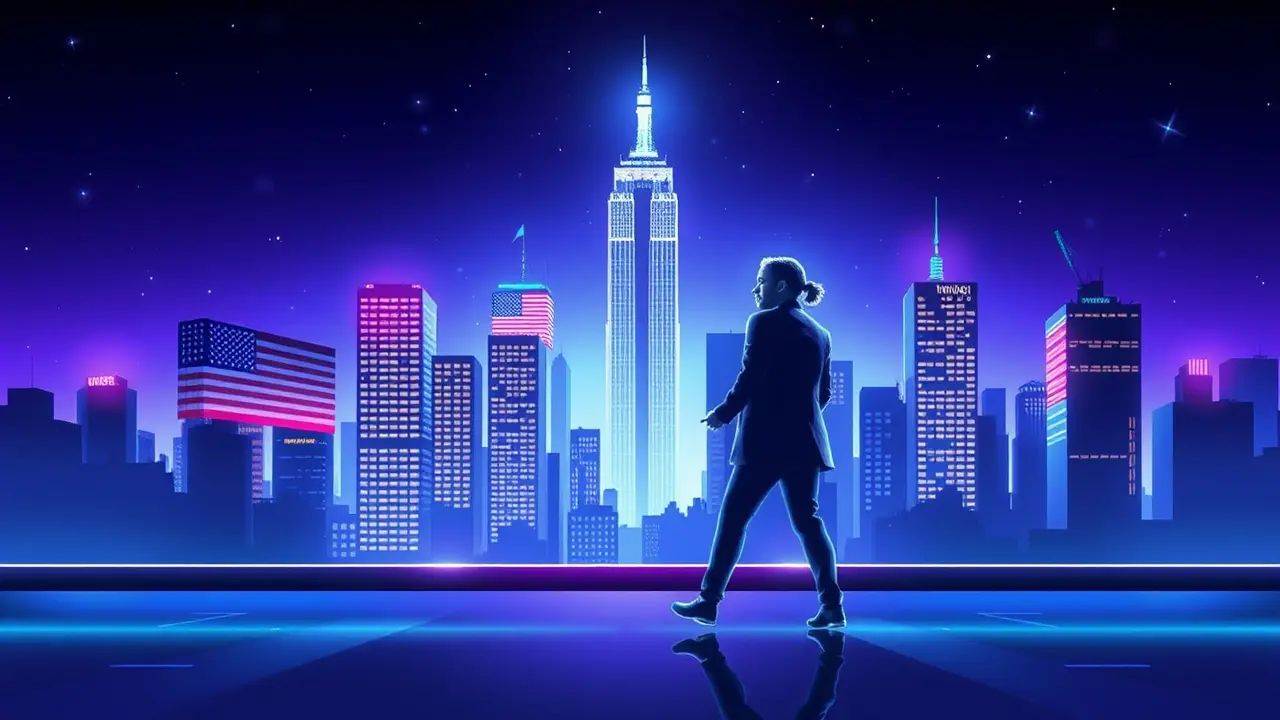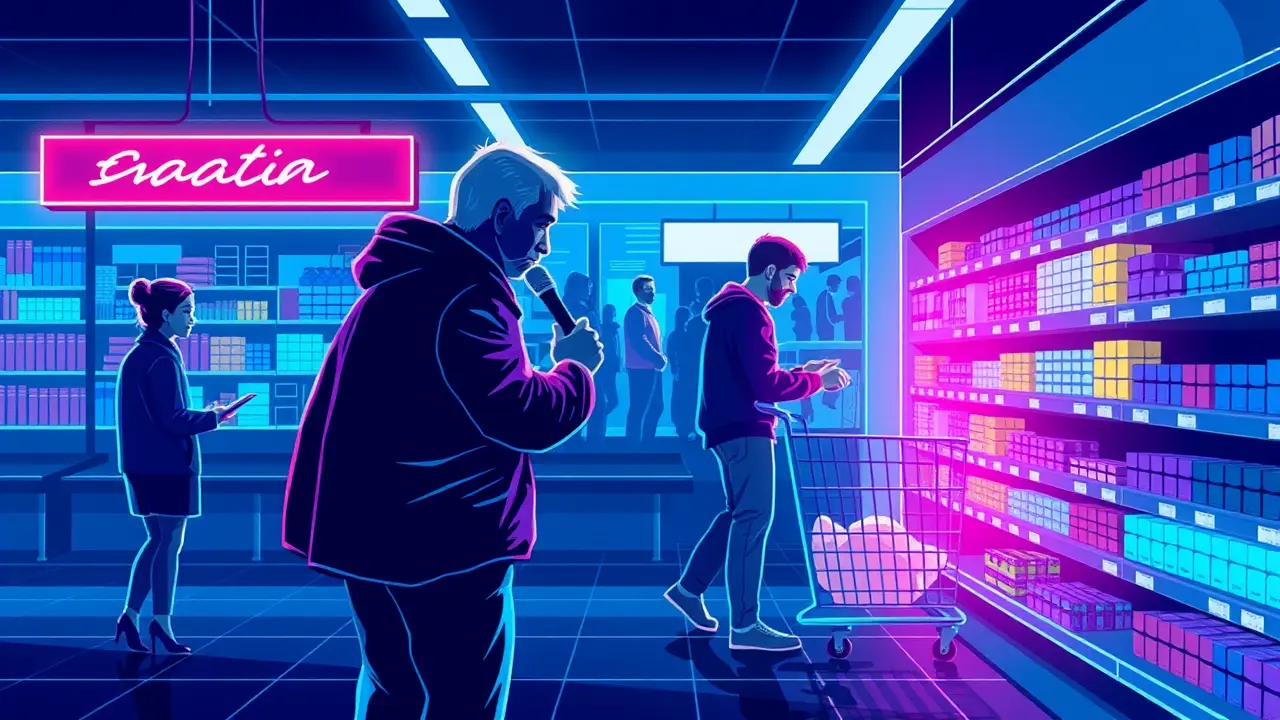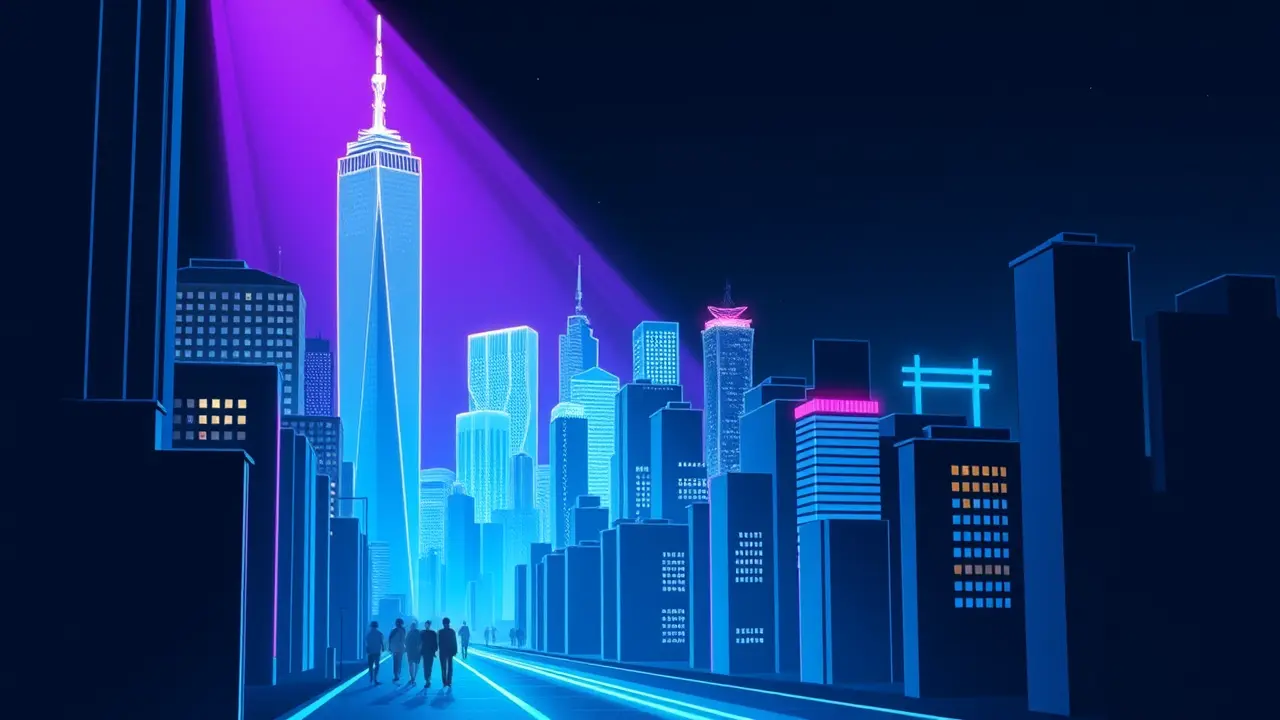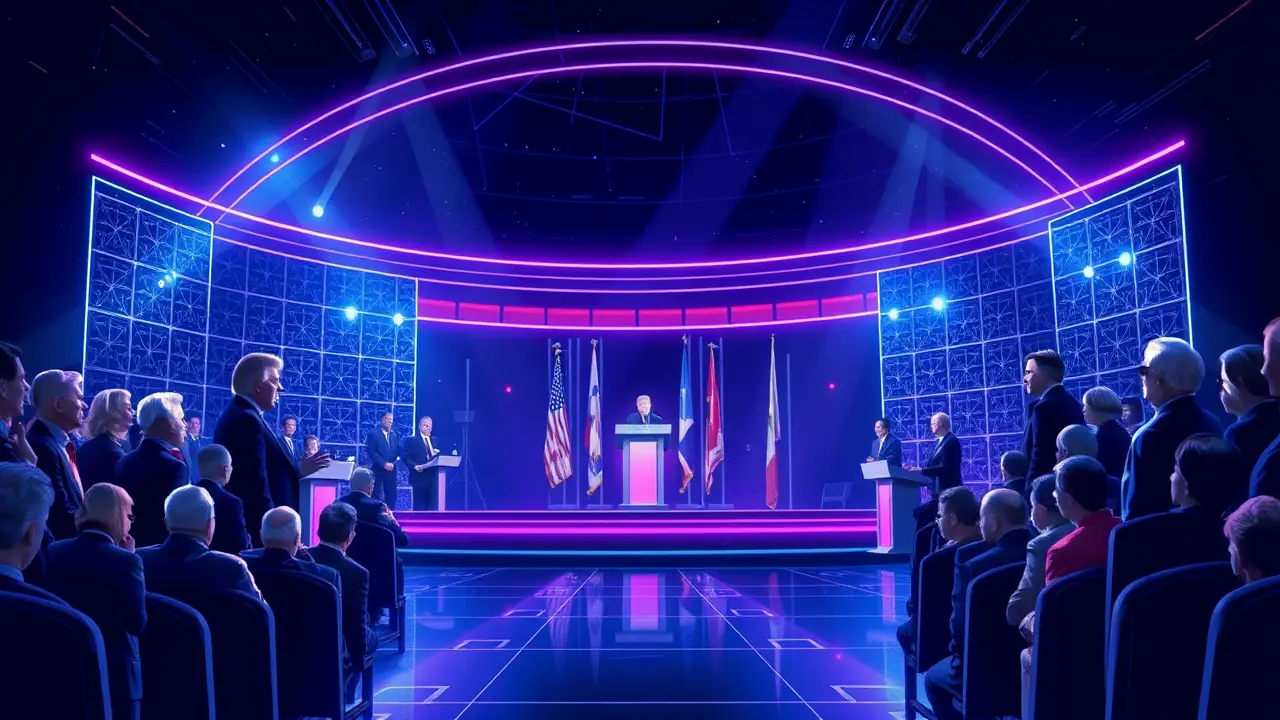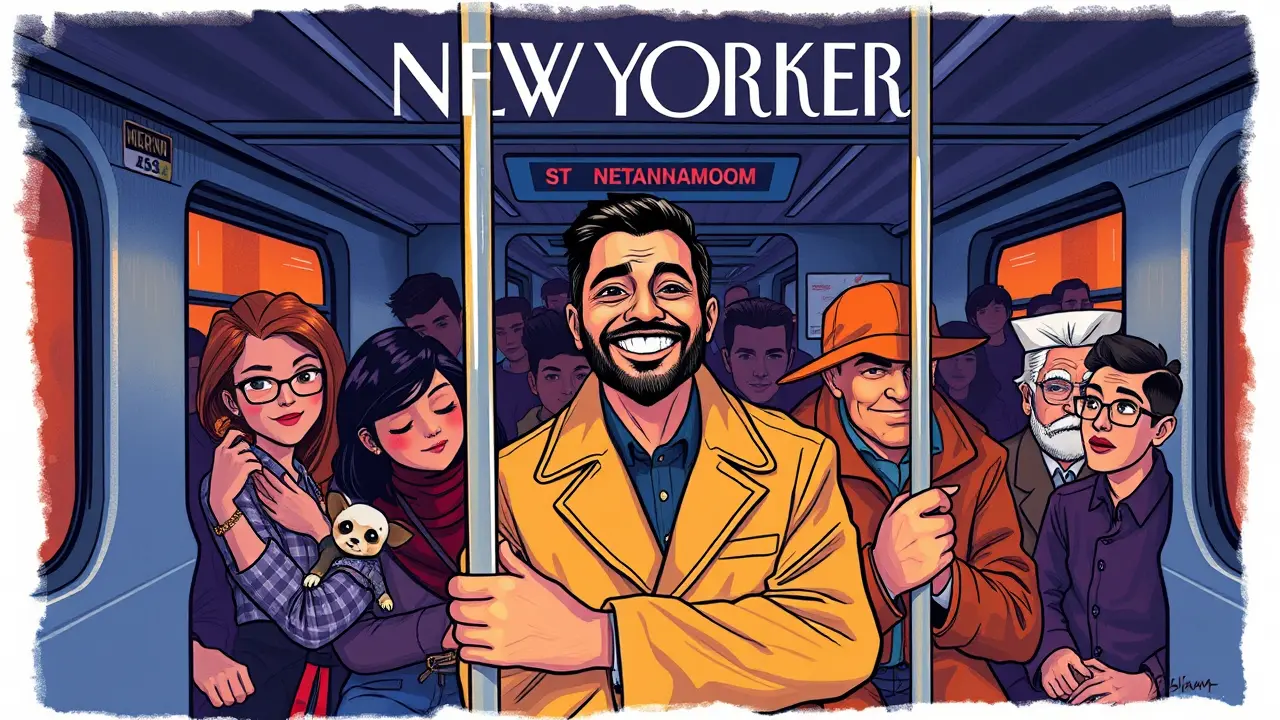
PoliticselectionsLocal and Regional Elections
Artist Edel Rodriguez illustrates Zohran Mamdani for New Yorker cover.
AM
Amanda Lewis
4 hours ago7 min read
In a striking departure from the visual lexicon that made him famous, artist Edel Rodriguez has traded the jarring, traffic-sign simplicity of his satirical Donald Trump illustrations for something far more humanistic and warm. For his latest New Yorker cover, commemorating Zohran Mamdani’s victory in the New York City mayoral race, Rodriguez abandoned the stark, repellent pop-art aesthetic that defined his political work for the past several years.Instead, he crafted an expressive, sketch-like scene bathed in toasty hues of brown and rust orange, depicting Mamdani smiling broadly as he holds a handrail on a Queens-bound M train. The composition is a vibrant tapestry of city life, filled with the kind of intimate, observed details that Rodriguez’s Trump work deliberately excised: a young woman with a dog peeking from her bag, a child clinging to her mother’s side, an elderly gentleman in a fedora—all jostling in the familiar, cramped ballet of a subway car.This is not the art of polemic, but of portraiture, and the shift is as much a political statement as it is an artistic one. Rodriguez, an immigrant who grew up in authoritarian Cuba, has long framed his Trump imagery—over 125 satirical illustrations and 25 magazine covers depicting the former president as everything from a flaming trash can to a wrecking ball—as a dire warning, comparing Trump’s rhetoric to that of Fidel Castro.He once stated his goal was to create visuals so basic and visually unappealing that the viewer would be repelled, a strategy he saw as necessary for the moment. The frustration of a potential second Trump term, he admits, lies in the feeling that his warnings have been exhaustively issued yet ultimately unheeded, leaving him to find new, perhaps more weary, ways to tell the story.In this context, the Mamdani cover represents a conscious pivot toward 'less negativity,' an opportunity to engage with a political narrative that is uplifting without being propagandistic. Rodriguez was drawn to Mamdani’s relatable, almost fallible persona, which was cultivated through a savvy social media campaign showing the candidate making casual pitches in multiple languages, including Spanish, which he was still learning, and leaving his errors in the final cuts.This authenticity, a rarity in politics, resonated deeply with the artist. The cover’s concept emerged from Rodriguez’s own flurry of sketches sent to The New Yorker’s longtime art editor, Françoise Mouly, who, along with editor-in-chief David Remnick, selected the subway scene for its succinct encapsulation of Mamdani connecting with the city's diverse populace.Drawing on his memories of riding the subway as a former Brooklyn resident and Pratt Institute student, Rodriguez populated the car with a cast of characters that felt instantly recognizable to any New Yorker, sketching them in until the page felt full of life. The final illustration succeeds in capturing a quality most politicians desperately lack: genuine relatability.It suggests a leader who is not above the fray but is immersed in it, sharing the same crowded, sometimes unpleasant, public space as his constituents—a stark contrast, as Rodriguez himself notes, to how one would ever depict figures like Andrew Cuomo or Donald Trump. This single image, therefore, is more than just a celebratory cover; it is a quiet manifesto on the power of empathetic art in an era often defined by its absence.
#featured
#Edel Rodriguez
#Zohran Mamdani
#New Yorker cover
#political art
#New York City mayoral election
#subway scene
#editorial illustration
Stay Informed. Act Smarter.
Get weekly highlights, major headlines, and expert insights — then put your knowledge to work in our live prediction markets.
Related News
© 2025 Outpoll Service LTD. All rights reserved.
